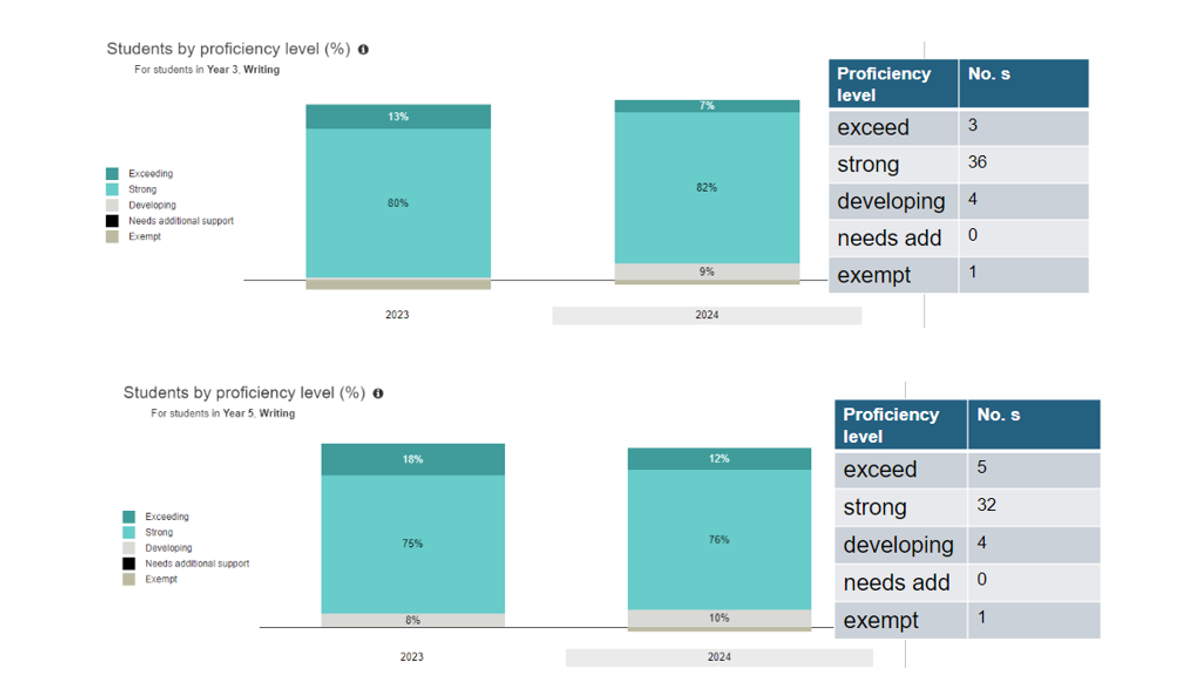BBPS Curriculum
Charlotte

BBPS Curriculum
Charlotte
This week we explore WRITING
Many facets of writing instruction have already been touched on in previous newsletter entries this term due to the strong connection between reading and writing; reading and spelling; spelling and writing.
Conditions that encourage good writing from students include:
What are some key practices at BBPS?
A writing lesson might include the following components:
Mini lesson - which is short, direct and focussed. This can be linked to our inquiry unit and be genre specific or creatively connected through rich literature and personal interest and desire.
Writing/Conferring - time for children to write and conference with their teacher to practise the skills explicitly taught.
Author's chair - where children have the opportunity to share
Reflection - time to consider the learning through writing, to gain feedback from their teacher or peers.
Throughout primary school education, reading and writing go hand in hand to build strong literacy skills. When students dive into a variety of interesting texts, they not only enjoy reading but also get to discuss and analyse what they’ve read. This helps them understand how words, sentences, and paragraphs work together. By exploring different kinds of texts, students grow their vocabulary and learn how language is used at all levels—from single words to whole stories.
What do we mean by explicit teaching?
Working memory can quickly become overloaded if there is too much new information and therefore there is a risk that this new information will not be transferred into long term memory. Introducing new content is most effective when teachers break it down to manage student cognitive load. The key strategies involved in explicit teaching are:
We use the acronym VOICES - Voice, Organization, Ideas, Conventions, and Sentence fluency - to inform the components of the writer’s craft that are explicitly taught to students within a writing unit of study. Essentially, it’s a way to ensure their writing has a clear and engaging tone, is well-structured, brimming with strong ideas, follows grammar rules, and flows smoothly.
NAPLAN Data 2024: Writing remains our strength, with an overwhelming number of students as ‘strong’ - our focus moving forward is to shift students from strong to exceed by providing scaffolded extension and learning enhancement.

